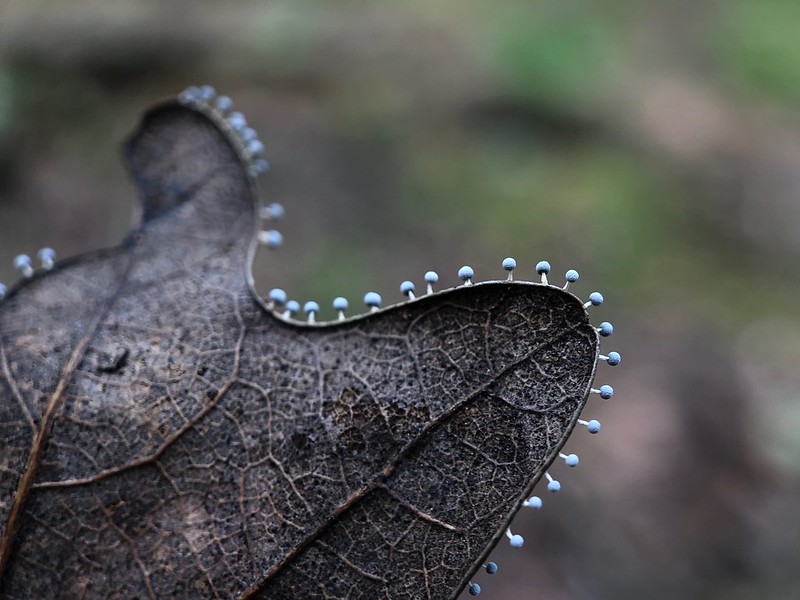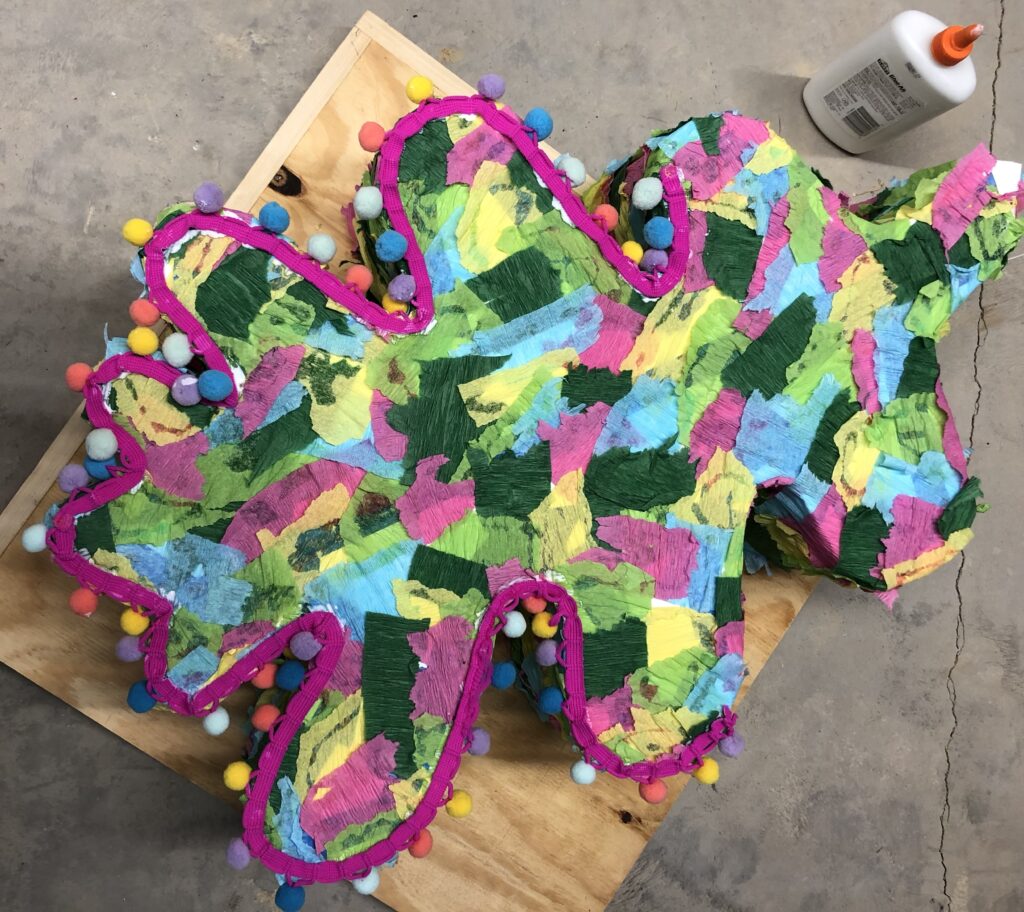
While working as an instructional technology coach, one of the duties that has been important to me is helping school communities navigate the complexities of respecting the ownership of digital goods. Whether we are talking about text, sounds, or images, digital goods are easily moved, copied, and mass-distributed. For a long time I taught the ideas of Fair Use etc. with conviction, but also with a high degree of detachment. I followed the rules myself, but had no skin in the game.
On May 20, 1918, I went to the woods behind my house as I do almost every day the temperature is not under 50ºF looking for tiny things to photograph. The past few days had been rainy and warm. The ground at the edge of the woods was mucky and I walked along a slight rise to keep my shoes from sticking to the mud. This led me straight to the spot where we had dumped the remains of the garden the previous fall. As the old tomato and pepper plants decomposed they became a playground for insects. Since I was searching for macrophotography subjects, I propped my feet on a branch that had fallen off a nearby oak and squatted to take a look.
I did find a few tiny flies and snails (the latter are not insects, BTW). Then I noticed some of the leaves mixed in with the decaying plants the had little bluish dots. I picked up a few to take a closer look. The dots were actually tiny pinheads growing in lines along the nutrient-rich veins and edges of the leaves. I snapped the clearest pictures possible and ran back to the house to show my husband. I was not sure what the tiny pinheads were, but eventually identified them as a slime mold in the genus Physarum. I posted the picture on Instagram, Flickr, and Facebook (no link, I no longer partake in FB). People seemed to like the picture about as much as all my other pictures. And just as I did with all my other pictures, I didn’t think about it after a while.
Sometime in the summer, while I was visiting my parents for the weekend, a friend on Facebook alerted me that some minor online celebrity had posted my picture claiming he was the photographer. I spent much of my Saturday trying to get the man to remove the image, or to give me credit. It was not a fun experience. The man was rude. So were his followers. I was threatened and called names on every social platform. Eventually, Facebook removed the post and the furor subsided and I learned to use the block button quite liberally. This incident was so surprising that, for my birthday, my family made a piñata in the shape of the oak leaf and bordered it with pompoms.

That was just the first of so many times this picture has been posted without any attribution. Not everyone claims they took the picture like that first dude did, but the slime mold is universally misidentified as “tiny mushrooms.” There is a huge community of creative people on Instagram who look out for this sort of behavior, and over the past couple of years, every few months, I have to fight for my picture.
Why is it important? It’s just a picture. It doesn’t cost me anything to let random denizens of Reddit, Imgur, or any number of Wild West platforms post it and mislabel it again and again. But it is MY picture. I found the slime molds. I took the picture, along with hundreds of other pictures. I am proud of the work I do, and it feels great when people like my work and learn from it. And it has changed the way I speak to both students and teachers about respecting digital property.
This past weekend, I was out in the woods looking for mushrooms and video chatting with my son who’s away at college when a Twitter notification chimed on my phone. I gave it a glance and shot off my usual reply without taking a closer look.

By the time I had walked back to the house, I had a reply from @thegallowboob about reposting with credit, and an offer to help promote my work. Then Rex Chapman retweeted my reply. This kicked off 48 hours of Twitter fame. I gained more followers in the last 48 hours than I’ve had since creating my account back in 2009. It was unexpected. And it was really great to have a respectful exchange, an apology, and an offer to promote my work.
Macro photography is just a hobby for me. While I do have a few things for sale on Redbubble, this is just something I do for personal gratification, for the fun of being outdoors and learning about what I find. However, there are lots of people whose livelihoods depend on the rest of us respecting their digital creations, paying for their use and distribution, or at least linking to them. Sharing other people’s work online seems harmless when we don’t have a personal connection to anyone whose work has been stolen.
Most people who engage in this sort of behavior don’t do it maliciously. They are just uninformed. That doesn’t mean they don’t know the rules. They likely do. They probably don’t know how it feels to have something taken, or don’t know anyone who’s had something taken. All this has definitely made a difference in how I approach this topic with learners, both students and teachers alike. Whatever we teach must be anchored in real world experiences, benefits, and consequences. Otherwise, it is just for the test, just for the grade, just to check a box, and the behavior goes unchanged.
If you are interested in learning about using content fairly and respectfully, take a few minutes to learn about Creative Commons. It is an amazing project, now in its 20th year.